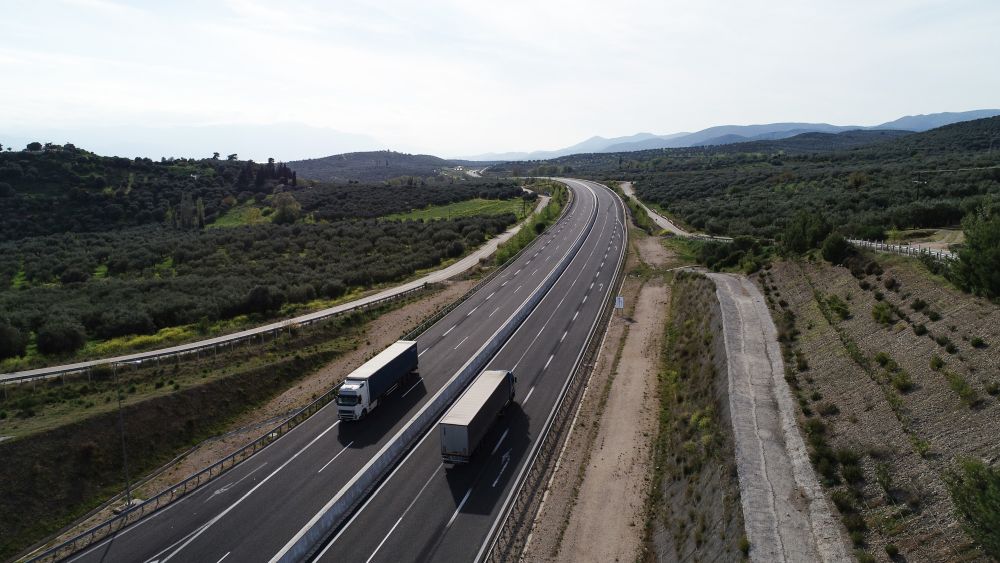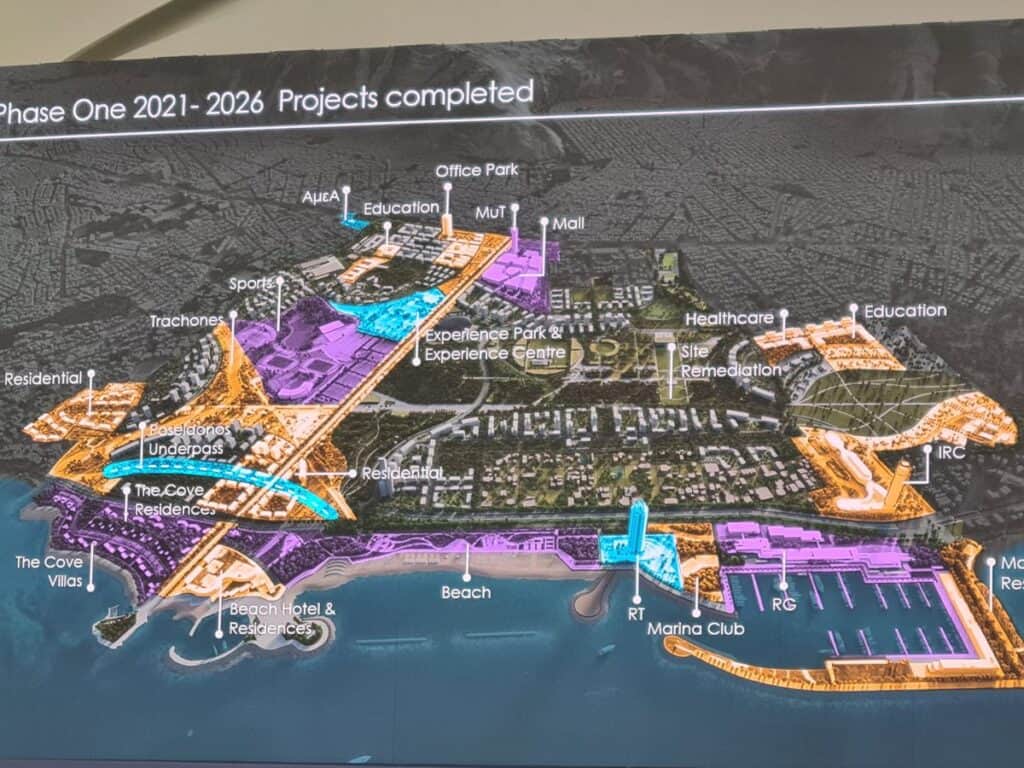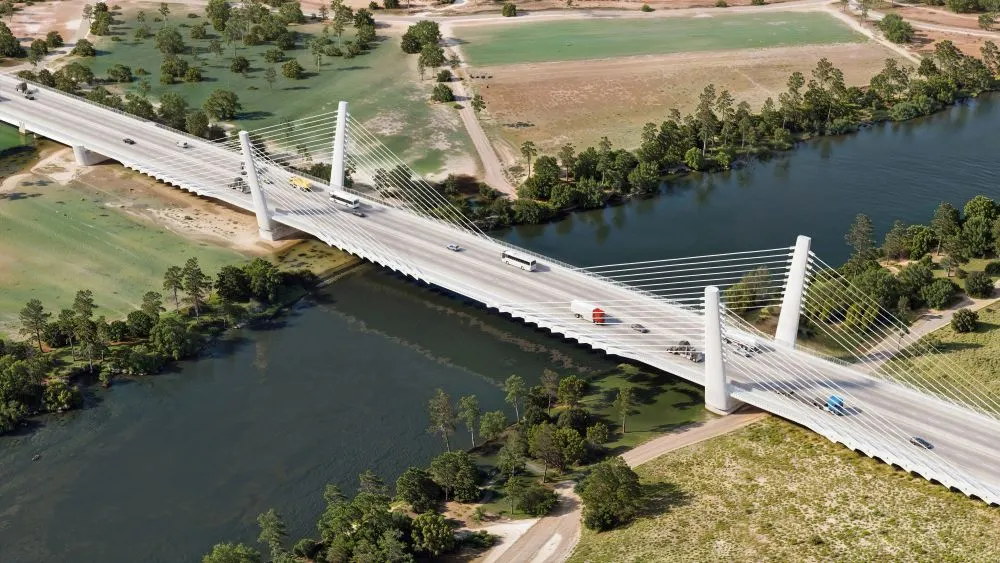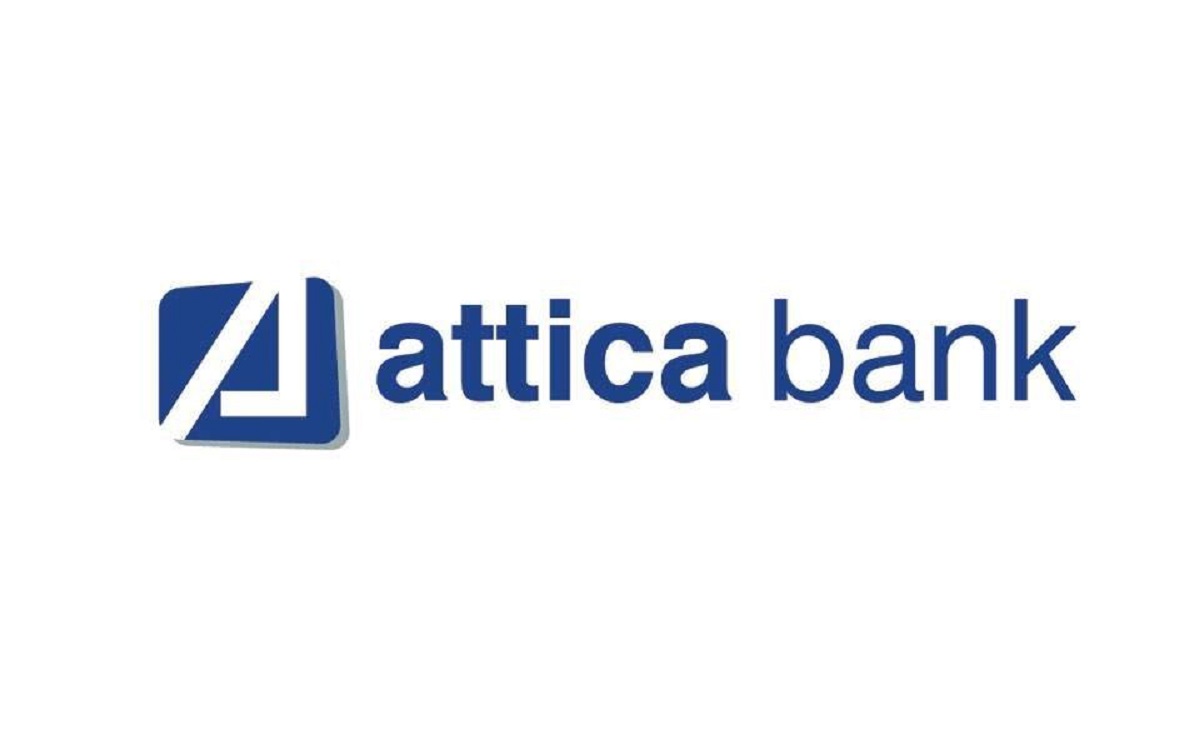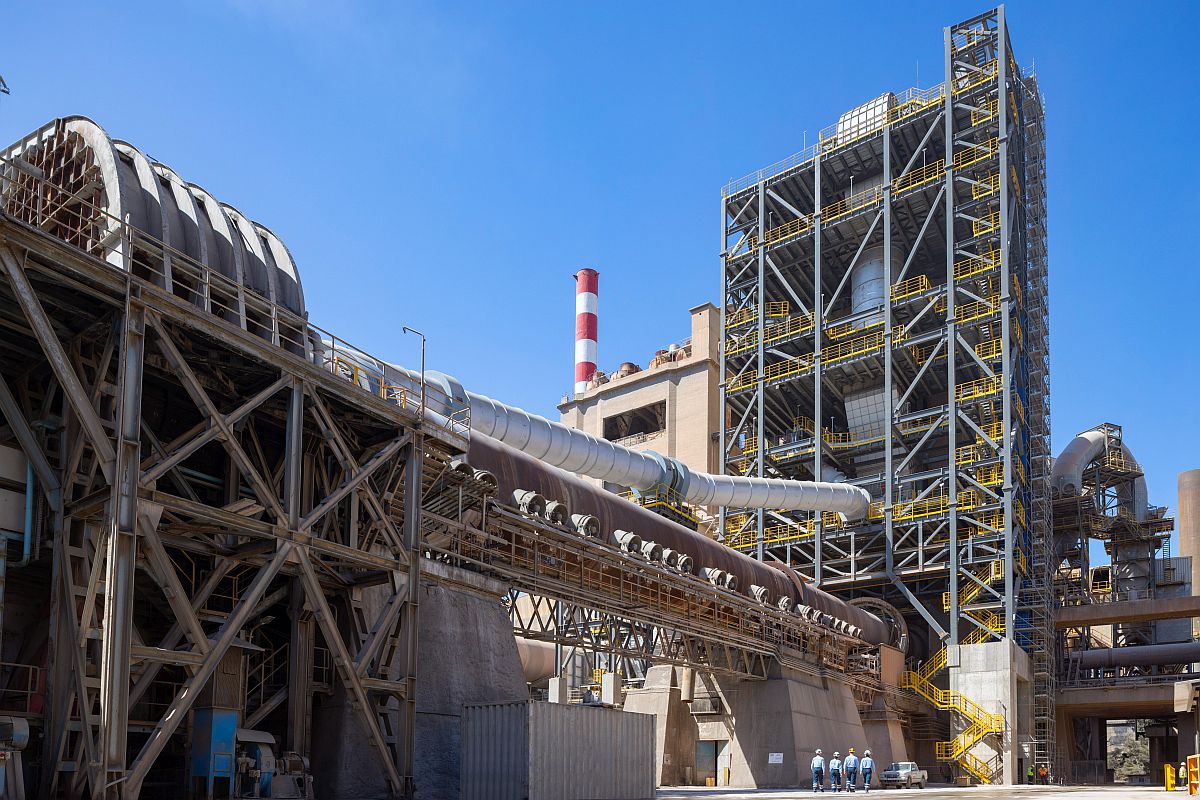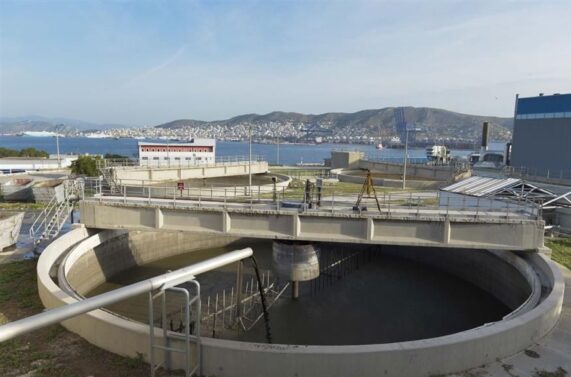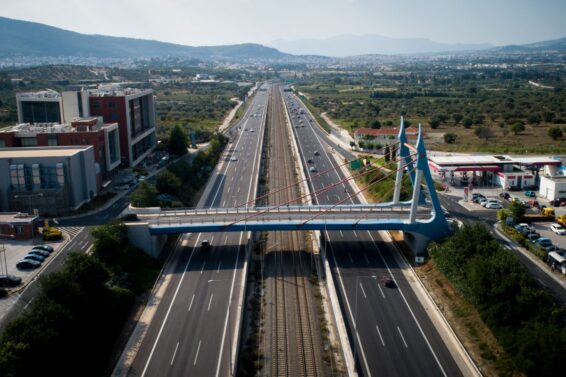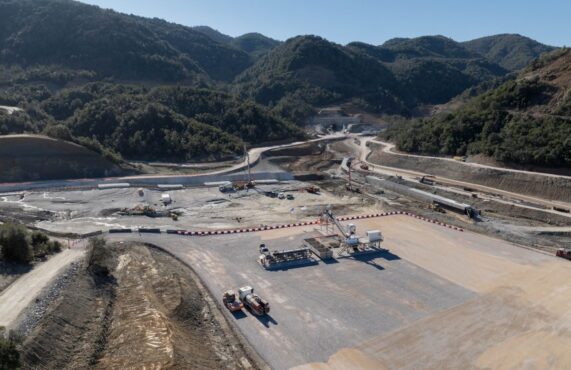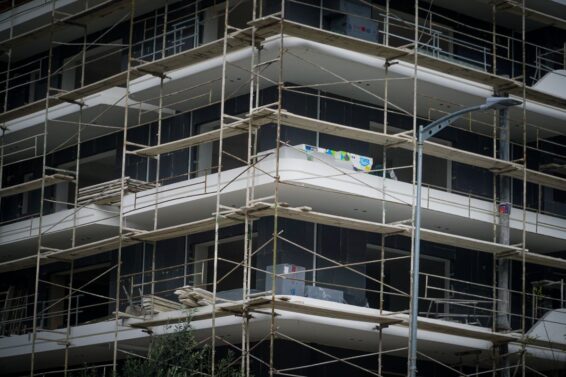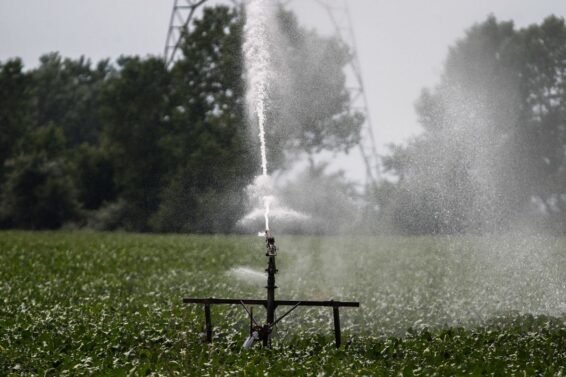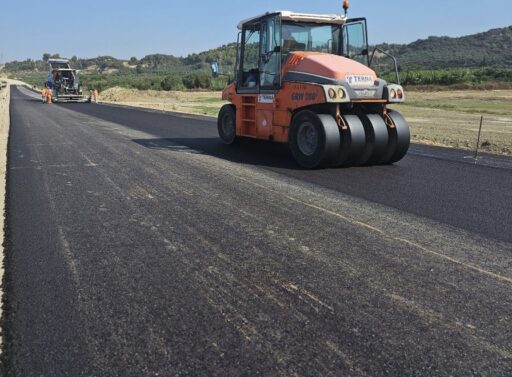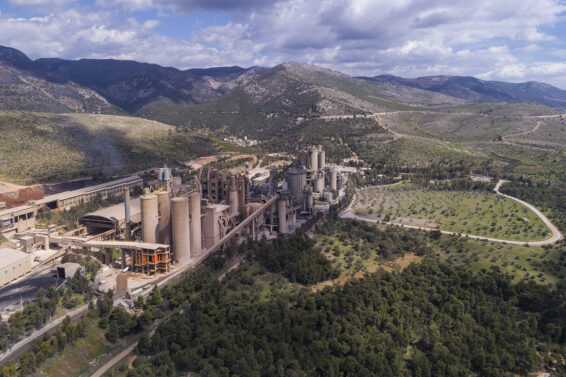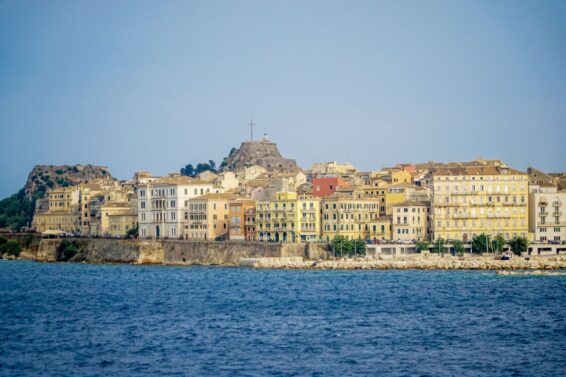With a network that will reach 3,000 kilometers in 2030, the Ministry of Infrastructure and Transport is completing the puzzle of the country’s highways. Yesterday, during the visit of the Minister of Infrastructure and Transport, Christos Staikouras, and the Deputy Minister of Infrastructure, Nikos Tachiaos, it was announced that progress on the Patras-Pyrgos section has exceeded 50%.
The project has made significant progress, and as mentioned yesterday, the major goal is for it to be operational by the summer of 2025, connecting the regions of Ilia up to Pyrgos with the country’s highway network.
A few months ago, two new sections of the E65 were added to the network. From Lamia to Xyniada and from Trikala to Kalambaka, creating a continuous highway of approximately 140 kilometers that connects with the PATHE.
The operation of the E65 from Lamia to Kalambaka leaves the completion of the Kalambaka-Grevena section pending until 2026, which will finally end the wait for the country’s third vertical axis.
Also, at the beginning of the year, the last section of the Amvrakia Odos was delivered, and now the entire 49-kilometer highway is in operation.
What will be the next additions?
In the major road projects for the highways of the Ministry of Infrastructure and Transport, we can identify three new additions to complete the country’s transition to the era of road safety on interurban road axes.
The largest of these is now the BOAK (Northern Crete Motorway). In this context, the sections Hersonissos-Neapoli-Agios Nikolaos have already been contracted. The consortium for the section up to Neapoli consists of GEK TERNA-AKTOR CONCESSIONS-INTRAKAT, while AKTOR is carrying out the works on the Neapoli-Agios Nikolaos section.
The main section of the BOAK, from Chania to Heraklion and Hersonissos, is in an advanced tender stage. The contractor is GEK TERNA, and it appears that we still have a long way to go for its completion, with the most likely scenario being its closure in 2025.
The second addition is the implementation of the upgrade for the Ioannina-Kakavia section. The tender for this project is practically complete, and the project has been presented to Parliament. According to the Minister of Infrastructure and Transport, Christos Staikouras, the contract is expected to be signed in the upcoming September. What remains is the inclusion of the project in the ESPA (National Strategic Reference Framework).
With the completion of the Ioannina-Kakavia section, the Ionian Highway will be formally completed from Antirio to the Greek-Albanian border, fulfilling a decades-old dream of the residents of Epirus. The current road is extremely dangerous and has very low standards of road safety.
We also have local additions such as the Chalkida bypass, the Bralos-Amfissa section, the Kalamata-Pylos-Methoni route, and local axes like the Attiki Odos and the Thessaloniki Ring Road (flyover).
A future addition concerns the Olympia Odos, from Pyrgos to Tsakona. This section, which has been added to the concession of the Olympia Odos, will be one of the ministry’s future priorities, as it requires significant funding and involves the challenge of passing through Kaiapha.
The network that became a reality
The first sections of highways went into operation in 1990 on the Corinth-Athens-Thessaloniki axis. Subsequently, by 2009, the Egnatia Odos was completed from Igoumenitsa to the Kipi border with Turkey, along with some vertical axes such as the Siatista-Krystallopigi route.
The first phase of operation for the major axes by the Ministry of Infrastructure and Transport began in 2012 with the initial sections of the Moreas Motorway. It continued in 2017 with the delivery of the Elefsina-Patras, Antirio-Ioannina, Corinth-Kalamata, Lefktro-Sparta, Metamorphosi-Skarfeia, Skarfeia-Raches, Raches-Kleidi, and Xyniada-Trikala sections of the E65.
Prior to this, there had been a major crisis in large road projects due to the country’s economic collapse in 2011, resulting in 2013 with the exclusion of the sections of the Olympia Odos, Patras-Pyrgos-Tsakona, and the E65, Lamia-Xyniada and Trikala-Egnatia.
This “cut” created significant wounds in local communities that sought these highways as elements of development and connection with the country’s road networks. The Patras-Pyrgos route was a major hazard for the country, and it took many years of different solutions before construction finally began in 2022.
Additionally, significant effort was required to secure funding for the E65 sections and ultimately to start the southern part. The contribution of the Recovery Fund was crucial, as through the de-lignification plan, it became possible to attract funding for the northern section.
Today, the country has some of the most modern, safe, and functional highway networks in Europe. With the exception of the Egnatia Odos, for which the tender is yet to be finalized, all of these networks are under concession.
For more details and the complete article in Greek, click here
ΜΗΝ ΞΕΧΑΣΕΤΕ
- Ακολουθήστε το ypodomes.com στο Google News και μάθετε πρώτοι όλες τις ειδήσεις για τις υποδομές στην Ελλάδα
- Αν είστε επαγγελματίας του κλάδου, ακολουθήστε μας στο LinkedIn
- Εγγραφείτε στο Ypodomes Web TV

